Ukraine
Ukraine
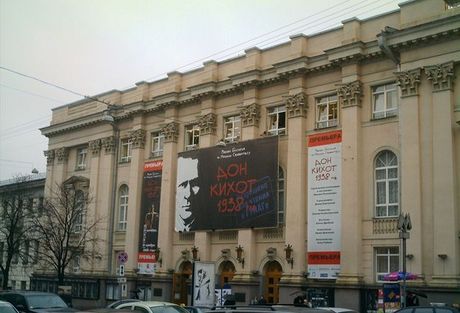
In spite of its rather academic name the Academic Theatre of Drama and Comedy, located on the left bank of the Dnepr River, is a very innovative and young establishment. The theatre was founded in 1979 on the initiative of Eduard Mitnizky, who headed the company and become the artistic director of the troupe. The first play of the new theatre that opened a galaxy of bright performances was Acme by Ukrainian playwright Rodion Fedenev.
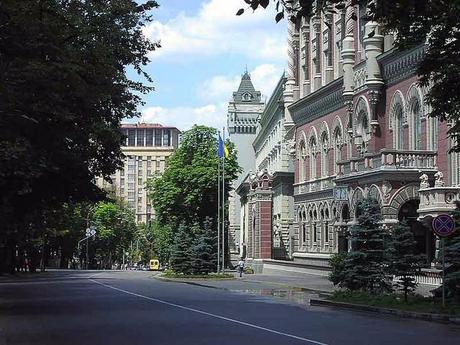
To the south-east of Kreschatik Street there is a height that in the old days used to be called Klov after the Klov creek that rounded it. Nowadays the former Klov height consists of two districts, which are Pechersk and Lipki. The main thoroughfare of the region, Gryshevskogo Street, begins at the Kievo-Pecherskaya Lavra, which gave the name to Pechersk, and leads to the Evropeyskaya, or European, Square.
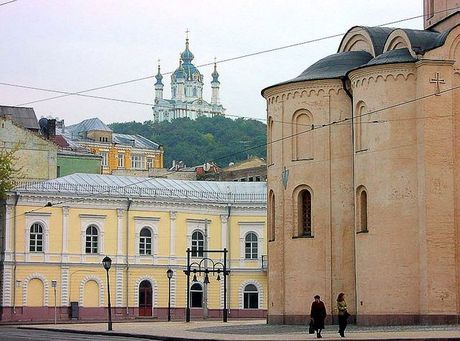
Podol (or Podil) is an old district of Kiev, where craftsmen and fishermen used to live. The district was formed after fire of 1811, when all the wooden constructions burnt down. Several slopes, including the famous Andreevsky Spusk, lead to Podol. The compositional center of Podol is large Kontraktovaya Square, where each house is interesting in its own way. Since 1798 the square was the place for al Russian fairs, and for the needs of customers the Merchants' Yard was put up. It contained 50 stores with various goods and products. Unfortunately the original building didn't survive until today, and the new building of the same look was constructed. Near the Merchants' Yard there is the fountain Samson, designed by Ukrainian architect Grigorovich-Barsky in 1749. The fountain is object of many legends, one of which says that the one who tries "Samson water" will stay in Kiev forever.
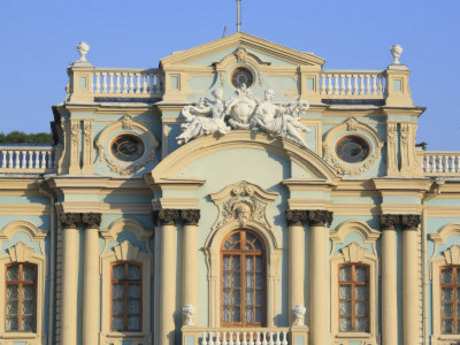
Throughout its 250-year history, the Mariyinsky Palace experienced blossoming, landscaping, desolation, reconstruction, forgetfulness and fame.
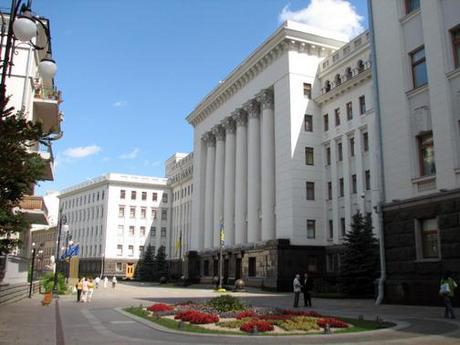
The majestic building that raises in Pechersk over Lipki, on Bankova Street, 11, was built in 1939 for the staff of the Kiev military district. It is the monument of Kiev culture and architecture. The building project was created by the famous Kharkov architect Grigoriev, who combined two styles in the structure: classic and Ukrainian Baroque.
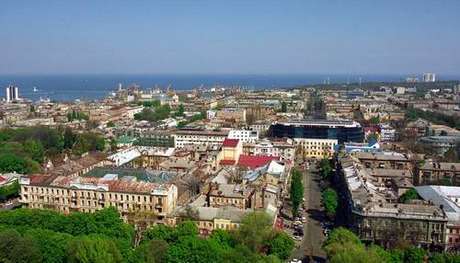
Odessa is a big city-port located in the south of Ukraine. It lies at the Black Sea shore and is famous for the combination of beauty and economical power. Odessa is a big industrial city with about 1 million inhabitants, but in the same time it is a great resort with sunny beaches, warm sea and a special way of life.
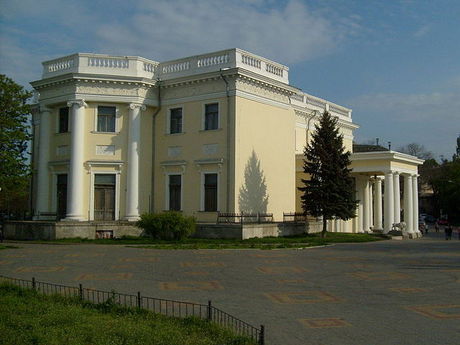
Vorontsov Palace, located in Odessa on the Primorsky Boulevard, is the monument of architecture of the early XIX century. It was built on the edge of the seaside hill, on the place of the former Turkish fortress Hadzhibey in 1827 by architect F.K. Baffo in the Empire style. The palace has always attracted the attention of residents and visitors of the city. In 1837 it was visited by the famous poet V. A. Zhukovsky, who admired the beauty of the building and the rich library, which was later donated to the University of Odessa, where it is located for today under the name of “Vorontsov Fund”.
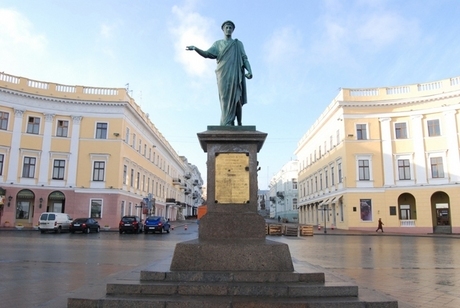
Monument to Duke de Richelieu, located in Odessa on the Primorsky Boulevard, is a bronze statue of a full-length dedicated to Armand Emmanuel du Plessis, Duke de Richelieu, who made a solid contribution to the development of the city. The monument is directed to the sea, in front of it there are Potemkin Stairs, behind - the two buildings forming a square.
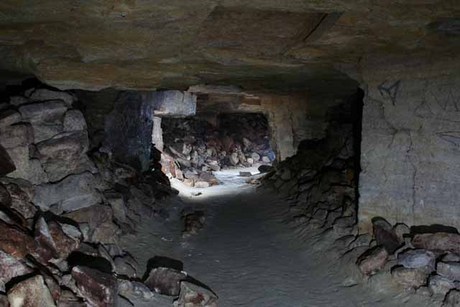
Rome has its famous catacombs and so does Paris. But the city with the largest network of underground tunnels is undoubtedly Odessa, Ukraine. Its 2,500 kilometers eclipses the 300 kilometers found in Rome and the 500 kilometers in Paris. Get lost here and you'll be eating rats until you die a dark lonely death.
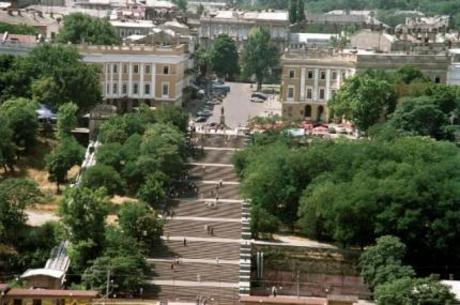
Odessa is famous for Potemkin Stair which today consists of 192 steps. It connects the center of a city with a harbour and a marine station. Its length is 142 meters. It was projected in 1825 by an architect Franchesko Boffo. But it was built in 1838. Erosion gradually destroyed Stairs, and in 1933 sandstone was changed to pink and grey granite, and grounds were covered with asphalt. It was changing the names connected with a history of Odessa reason – Boulevard stair, before Seafront stair, Rishel’evskaya stair They were named in honor of the masterpiece of world cinema, the movie "Battleship Potemkin". In 2007 Potemkin Stairs were recognized as one of the most beautiful in Europe.
 1 2 34 5 6 7 8 9 10 11 12 13 14
1 2 34 5 6 7 8 9 10 11 12 13 14 
